<a style=’font-family:arial; font-size:10pt; font-weight:bold’ href=’http://home-inspectors.nationalrelocation.com/’>Home Inspectors</a>
Uniform Mitigation Verification Inspection Form
Important factors that are looked at in a wind mitigation?
What are some of the most important factors that are looked at in a wind mitigation?
- The year the home was built plays an important role in how ready your home is for a hurricane. Prior to Hurricane Andrew in 1992, there were no hurricane laws regarding building codes for a home or condo in a hurricane zone.
2. Roof to wall attachment. Huh? That’s the strap, or clip that is attached from the wall of the home, and is attached to truss of the roof. It helps distribute the wind load to the ground when under distress. Up until 1992, you didn’t need a clip or strap in order to pass, now you do, and the clip or strap must have 3 nails. If you find out you only have two nails, it is considered toe nails on the report. Speak with your insurance agent to see if it would financially advantageous to add the third nail. A lot of the times it is advantageous.
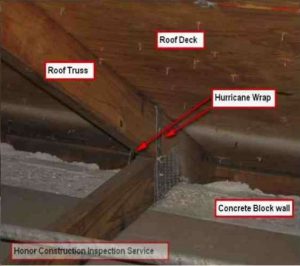
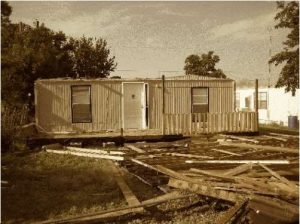
3. Believe it or not, the shape of your roof has the potential to offer you bigger discounts than others. Insurance companies like hip roofs over gable. The wind load against a gable is 40% stronger than against a house with a hip roof. A lot of times the gable reinforcement fails, which causes roofs to fail. What type of roof do you have?
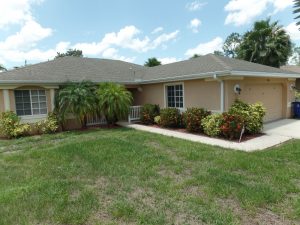
Hip Roof
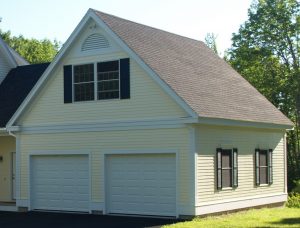
Gable Roof
4. Deck to truss connection. Say what? That is the nail size that goes through the plywood on the deck of your roof and into the truss. There are two different sizes, 8D nails/staples, or 6D nails/staples. 8D nails are preferred because they are longer, and can withstand a higher up-lift pressure than 6d nails.
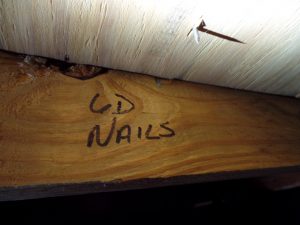 ___
___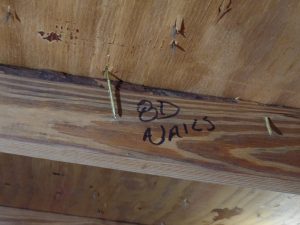
5. If you have had a new roof put on recently, does it have a secondary water barrier? Huh? It is a secondary layer on your roof to make it “one cohesive unit”. It helps to prevent your roof from blowing off in a hurricane. It is a big discount on your policy. If planning on getting a new roof soon, consider adding it on, it will only run around $250-$500 extra, and you’ll make that back in insurance savings.

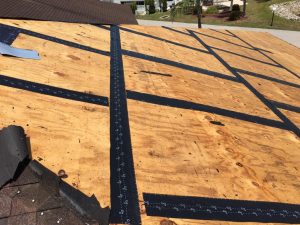
6. Do you have hurricane shutter or windows? Don’t forget to do the garage door in order to get the full credit! The garage needs to be able to resist a “large missile” hitting it at 160 mph and bounce it off. A large missile is considered a 2×4 or a coconut being launched at 160 mph at the your structure. That is the last big discount you can get on your homeowners policy from a wind mitigation inspection.
Ready to book a wind mitigation inspection? Call us at 239-825-7123
Negotiating home inspection repairs with the seller
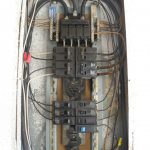
Electrical panel with burn marks
Carefully read through the home inspection report from Priority Home Inspections and determine the biggest issues. You can ask for repairs to be made by the seller or for the price to be reduced. Another option, is to have the seller buy you a home warranty for all the major systems in the home. They usually cost $450-$600 per year. Consider it a Band-Aid if something is broken, and insurance if nothing is wrong. If there are extensive problems, it may be better just to walk away from the house all together.
Larger repair issues, and especially any repair that affects the safety or structure of the house, should be the first priority when it comes to negotiations. Smaller repairs or cosmetic issues are less of a concern.
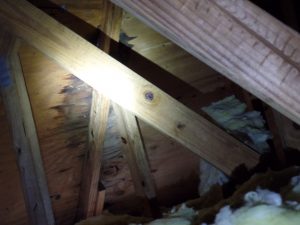
Active roof leak that needs to be repaired
The seller will have the final say. Some sellers may become annoyed by buyers who make long lists of demands for repairs or requests or large price drops, and may refuse the sale, while others may be very anxious to sell their house and will be willing to do whatever it takes to complete the sale. You never know what state of mind the seller is in, so ask for everything and see what the seller has to say. You may get everything you want and so does the seller.
Who usually pays for a home inspection?

signed contract
A traditional home inspection ranges from $300-$600, and is determined by the size of the home. The buyer usually pays for the home inspection, and it should be considered as part of the total closing costs, unless a special arrangement has been made between both parties before the purchase agreement has been signed. In addition to a home inspection, the buyer should also consider a Wind Mitigation Report. The wind mitigation report is used to give you home owners insurance discounts on your home owners policy. For more information regarding wind mitigation inspections, please refer to: https://www.priorityinspector.com/services/wind-mitigation-inspection Wind mitigation reports are an additional $100.
Third nail for clips and straps
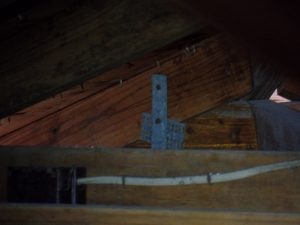
Clip that only has two nails, instead of the required three.
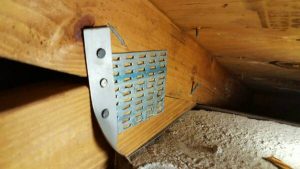
Clip with the third nail added
Are you missing the third nail in your clip or strap? Contact Richard Berg at Third Nail Truss Strap Retrofit at 239-994-9797. Mention Priority Home Inspections, and as a result, you may get a discount! Their website is www.thirdnail.net, or thirdnailguy@gmail.com.